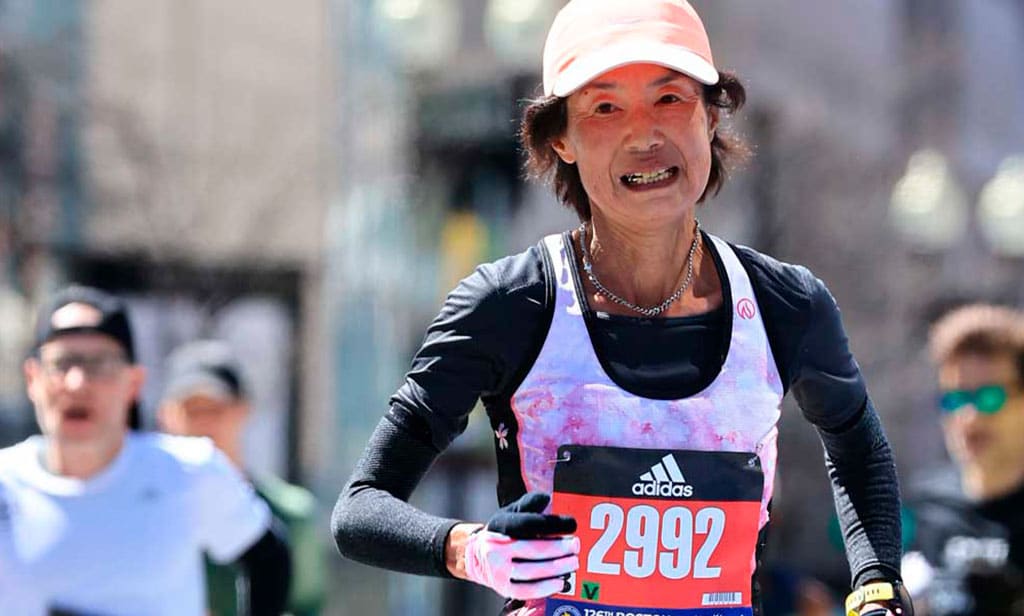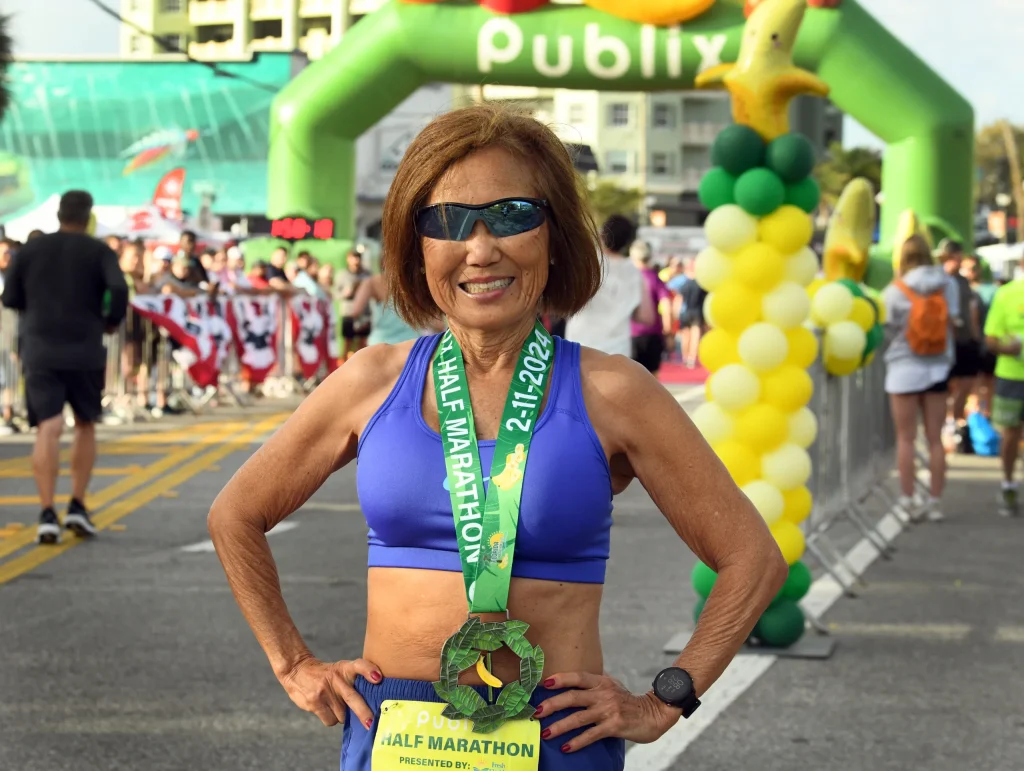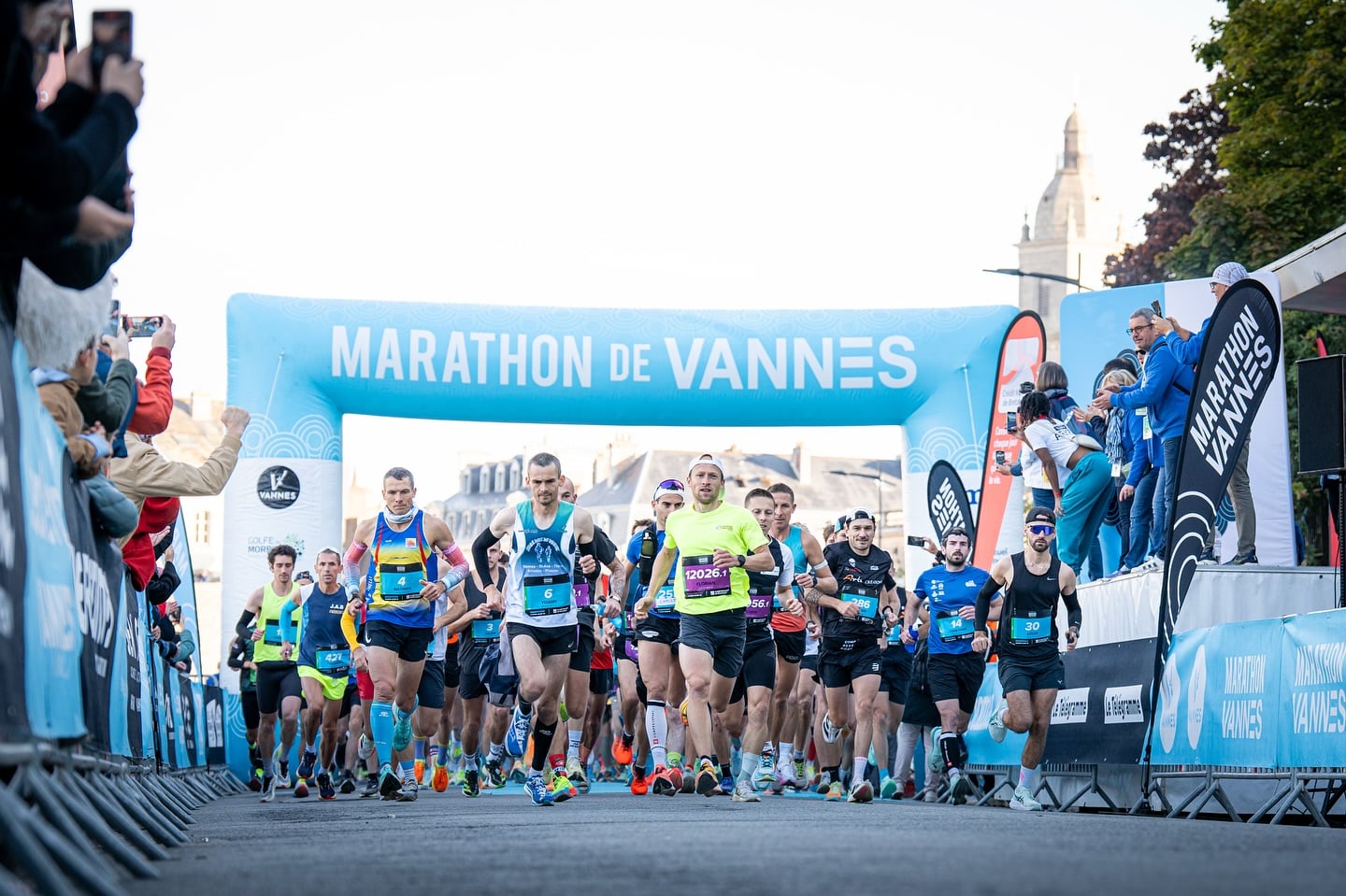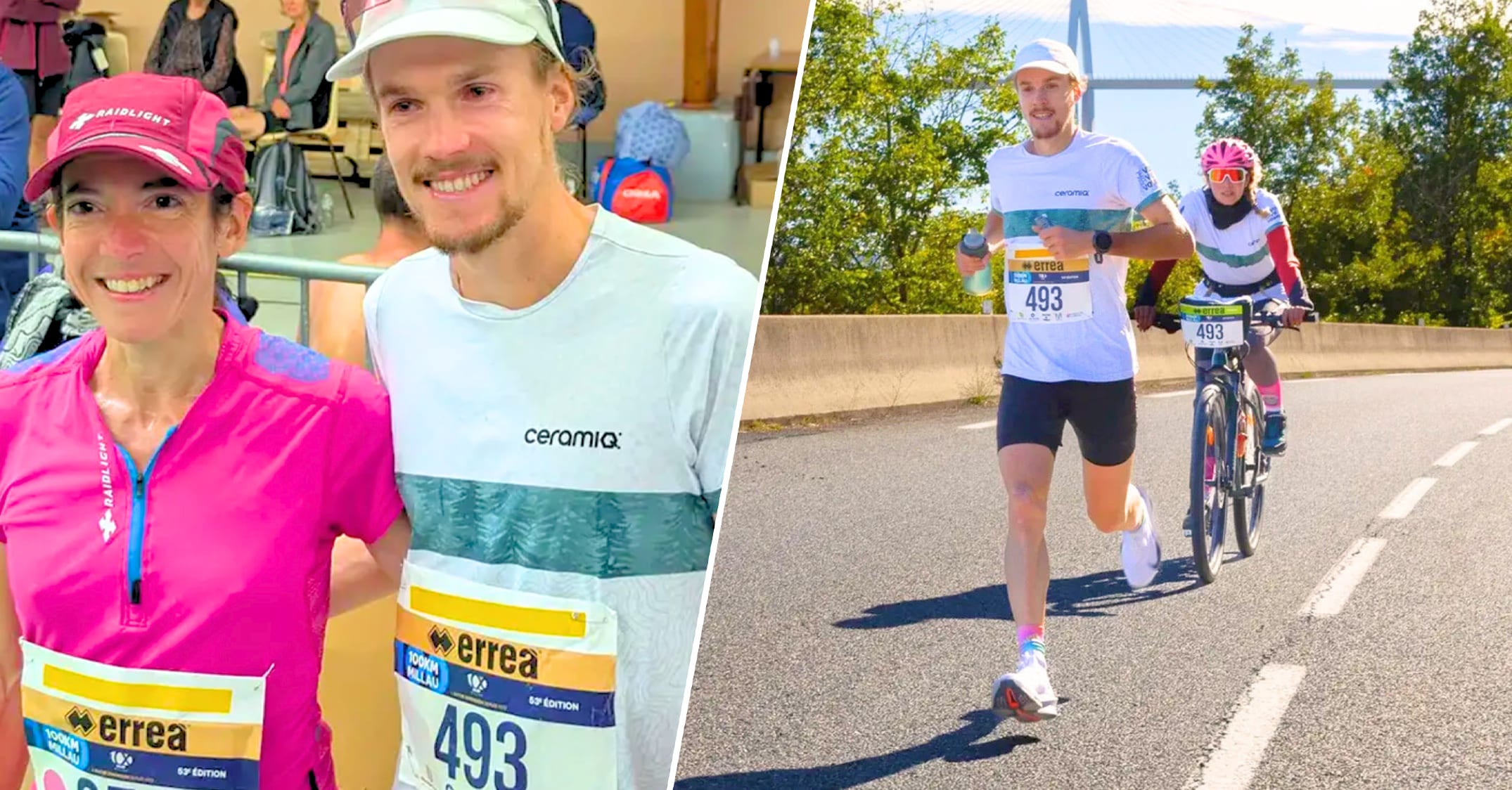Marathon Running After 60: Less Volume, More Strategy
Running a marathon after 60 is no longer a rarity. More and more runners are tackling this symbolic milestone while still chasing the challenge of 42.195 km. Age brings its share of obstacles—slower recovery, shifting metabolism, less explosive muscles—but also an invaluable asset: experience. So, how can older runners adapt their training, nutrition, and recovery to stay competitive while still enjoying the race?
| Training: Finding the Right Rhythm
After 60, balance is key. The mistake would be to completely slow down and stick only to easy jogs. Marathon preparation still requires a solid foundation: regular long runs, pace-specific workouts, and a touch of intensity to keep the body sharp. The difference is that recovery between sessions becomes critical. While a 30-year-old might push through three hard sessions per week, a runner in their 60s focuses on quality over quantity.
Mariko Yugeta, the first woman over 60 to break three hours in the marathon, perfectly illustrates this approach. At just past 60, the Japanese runner completes marathons in 2:52. “Age shouldn’t be an excuse; it just calls for smarter training,”she told The Guardian. Her regimen combines calibrated workouts, measured intensity, and consistency rather than sheer volume.

On long runs, Mariko demonstrates that discipline and enjoyment can go hand in hand well into her 60s. © Abbott World Marathon Majors
Interval training remains useful, but adapted: 200 or 400 meters to maintain speed, or 1,000–2,000 meter blocks at marathon pace to refine rhythm, instead of excessively long and taxing sessions. Hills become valuable allies: they build strength without overloading the joints. The goal is simple—keep improving without unnecessarily wearing out the body.
| Strength Training: A New Essential
Muscle loss accelerates with age, and running alone no longer maintains the strength needed to complete a marathon. Strength work becomes essential: core exercises to stabilize the stride, targeted work for quads, hamstrings, and glutes to prevent injuries, and proprioception drills to maintain coordination.
Jeannie Rice, 77, a record-holder in her age category, demonstrates how holistic training can extend a career. She told The Guardian: “I want to show that age doesn’t have to be a barrier.” Two 30-minute sessions per week are enough to protect joints, improve stride, and stay competitive.
| Nutrition for the Over-60 Marathoner
Metabolism shifts with age, and protein needs increase to preserve muscle mass. Carbs remain essential, but complex options (whole-grain pasta, basmati rice, sweet potatoes) help maintain stable energy levels and avoid digestive spikes. Experience allows runners to anticipate what their stomach can handle—a key advantage after 60.
An ideal plate: 50% complex carbs, 25% lean protein (fish, chicken, eggs, or plant-based alternatives), and 25% vegetables for vitamins, minerals, and fiber. This balance ensures steady energy throughout the marathon.
| Hydration: A Hidden Danger
Thirst diminishes with age, yet dehydration remains a major risk in a marathon. Drinking at regular intervals—even without feeling thirsty—is crucial. Alternating water and electrolyte drinks prevents cramps and fatigue. “Eliud Kipchoge uses Maurten for fluids and gels, so I tried it in Osaka for the first time,” Mariko Yugeta told Runners World. “If you aim for a world record, you study the best and see what works for you.”

Jeannie Rice tackles each kilometer with determination: 77 years old and setting records along the way. © TIM SHORTT/ FLORIDA TODAY / USA TODAY NETWORK
| Recovery: The Cornerstone
At 60+, recovery is no longer optional—it’s central to performance. Quality sleep, post-run naps, self-massage, active walking, or yoga all help prevent injuries and speed regeneration. Jeannie Rice emphasized this to the Washington Post: “I’m just a normal, ordinary person. I do nothing special, I’m just lucky and blessed.” Listening to the body becomes strategic; every signal of fatigue or pain deserves attention.
This isn’t just about women. Older male runners have also broken records thanks to smart recovery. Irish runner Tommy Hughes ran a marathon in 2:30:02 past 60, setting a world record in his age group. Derek Turnbull (New Zealand) finished London Marathon in 2:41:57 past 65, with multiple high-level age-group performances. Canadian Ed Whitlock became the first man over 70 to break three hours in a marathon (2:59:10) and had already run 2:52:47 at 69.
| The Mindset: Secret Weapon
Experience is the greatest advantage. Runners in their 60s know how to handle low points, keep perspective on lost seconds, and turn effort into enjoyment. Mental strength compensates for physiological decline, transforming the marathon into a celebration rather than a battle against time. Older runners no longer fall for early-race excitement, manage the lows, and value the experience over the stopwatch. Motivation is driven as much by the joy of the challenge as by speed.
Running a marathon after 60 is not an isolated feat. It’s the result of smart training, proper nutrition, prioritized recovery, and a mindset honed over years. Every kilometer becomes a victory; every finish line, a celebration. And the message is clear: age doesn’t set limits—it simply redefines how to surpass them.

Dorian VUILLET
Journalist



